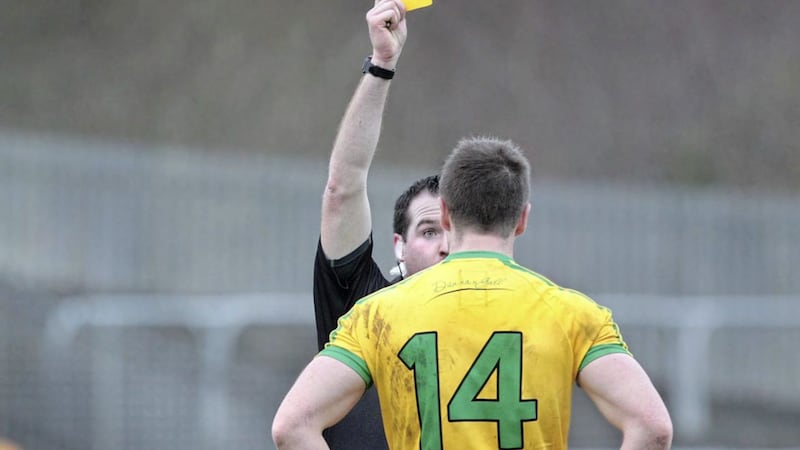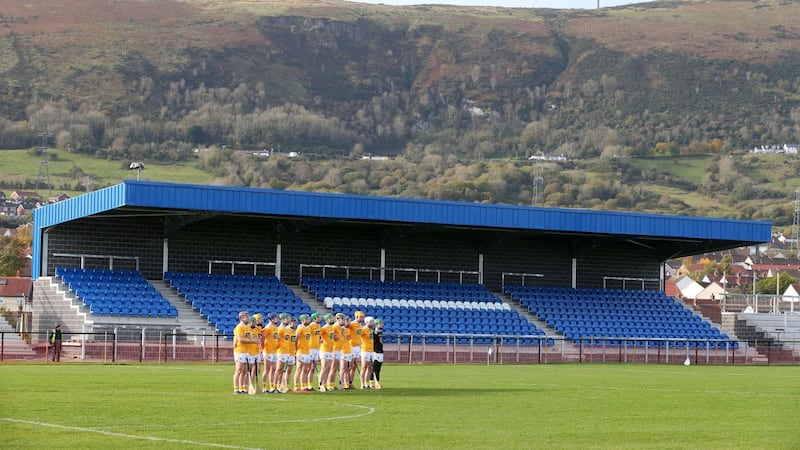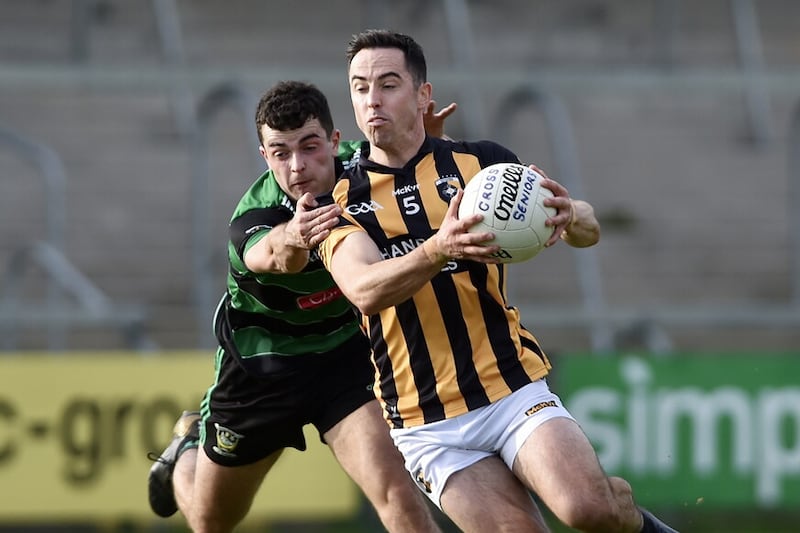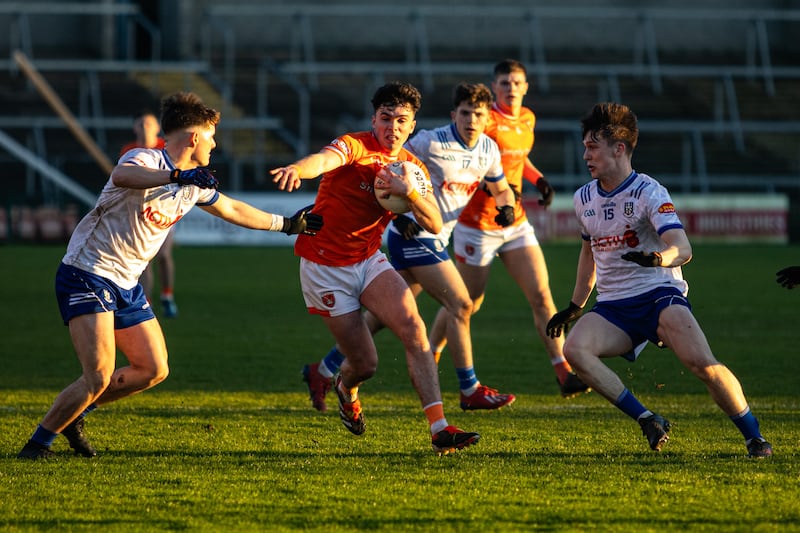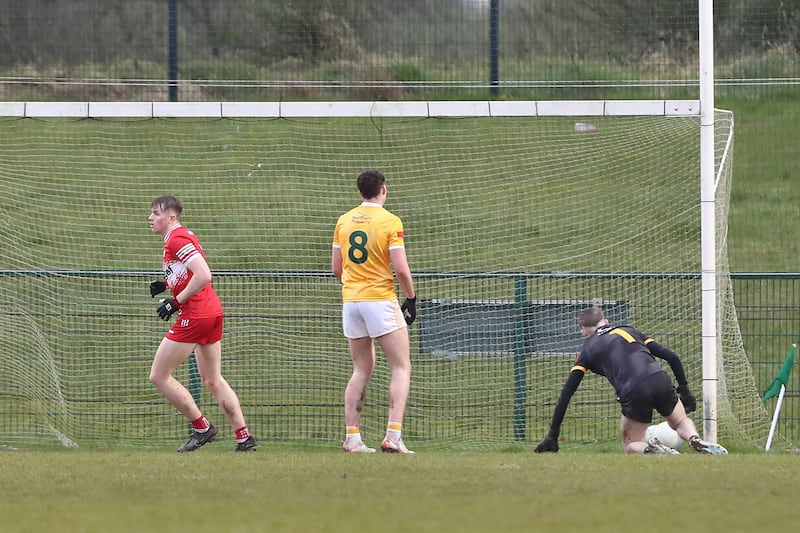GAA referees should be allowed to explain why they made contentious decisions after they’ve sent in their match reports, says former All-Ireland final official Hugh Duggan.
The Armagh native, who took charge of the 1979 Sam Maguire decider between Kerry and Dublin, says underfire referees should be permitted to justify the calls they make if they are criticised for them.
“I’d like referees to have more say,” said USA-based Duggan, who retired recently after 50 years as a referee.
“They’re not allowed to tell their story after a game – they’re not allowed to comment on it. But once they have their report in, a referee should be allowed to give their side of the story.
“The referee should be entitled to explain why he did something.”
Duggan describes the forward mark, which was introduced last year, as “the biggest joke of all time” and argues that in future referees should have a say in all rule changes.
“All the different branches of the GAA are around the table but the referees are still under the table – they have no say, they have no power and they take more abuse, their families get stick now on the internet if they make a mistake,” he said.
“Within the next 10 years, the GAA are going to have trouble getting people to referee. Young people are smarter now, they don’t want to get involved in taking abuse and I think they are going to have trouble getting people to cover the games.”
Vastly-experienced Duggan has also called for changes to be made at the throw-in. He says it’s time to revert to a player from either side contesting for the ball at the start of the game instead of two from each side.
“At the throw-in, there’s two players going for the ball and the other two players are pulling and dragging each other,” he said.
“They need to go back to having two players for the throw-in and let the other two boys go back to behind the 45-yard line. Have two players at the throw-in and they have to go for the ball.”
